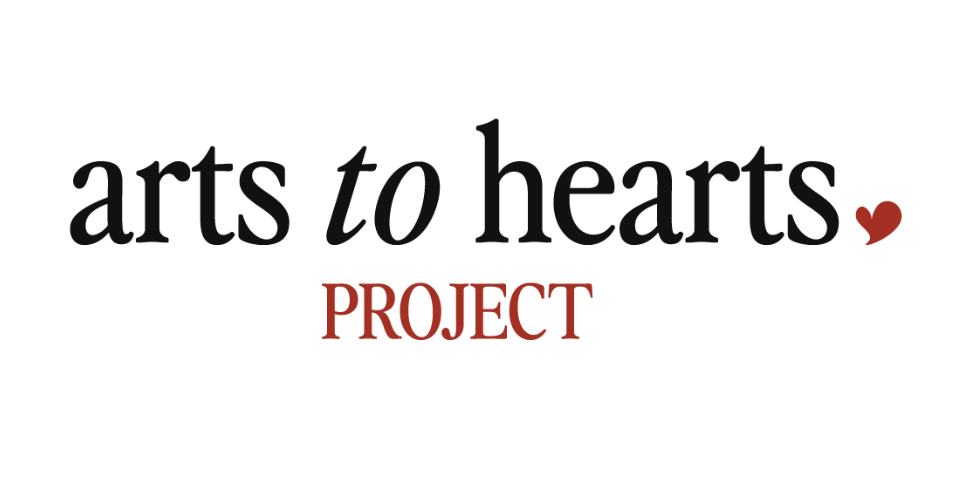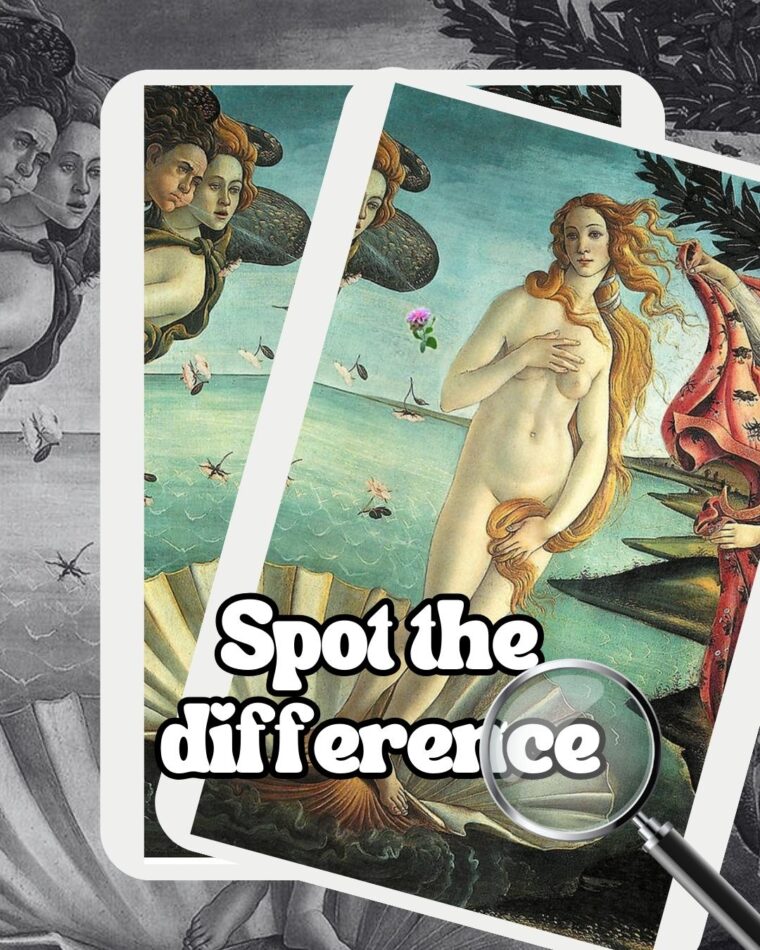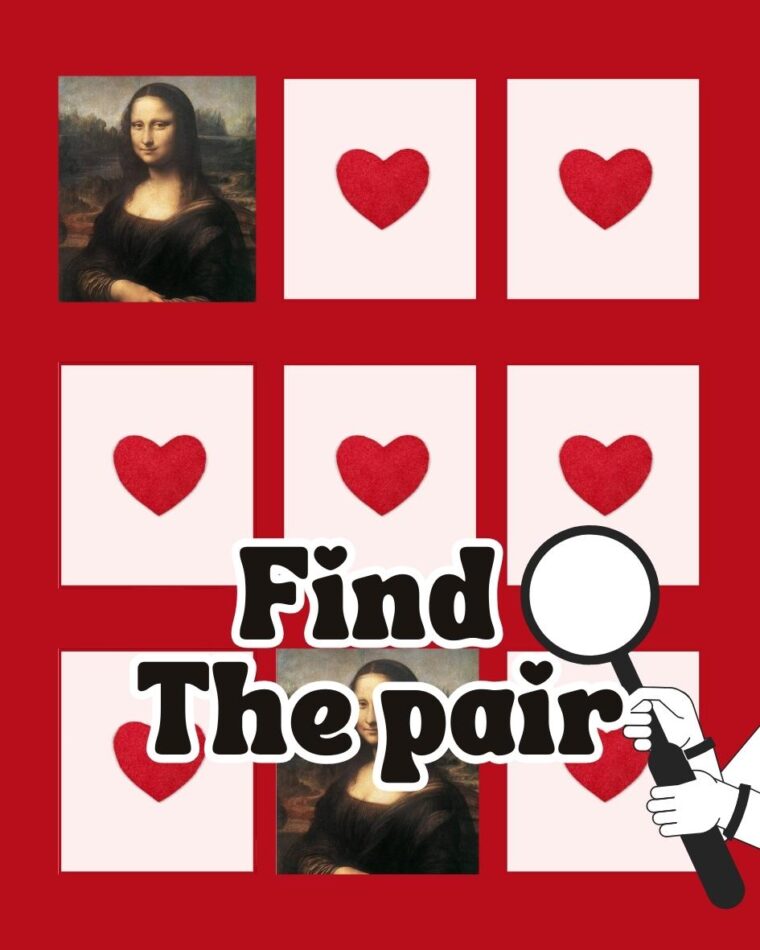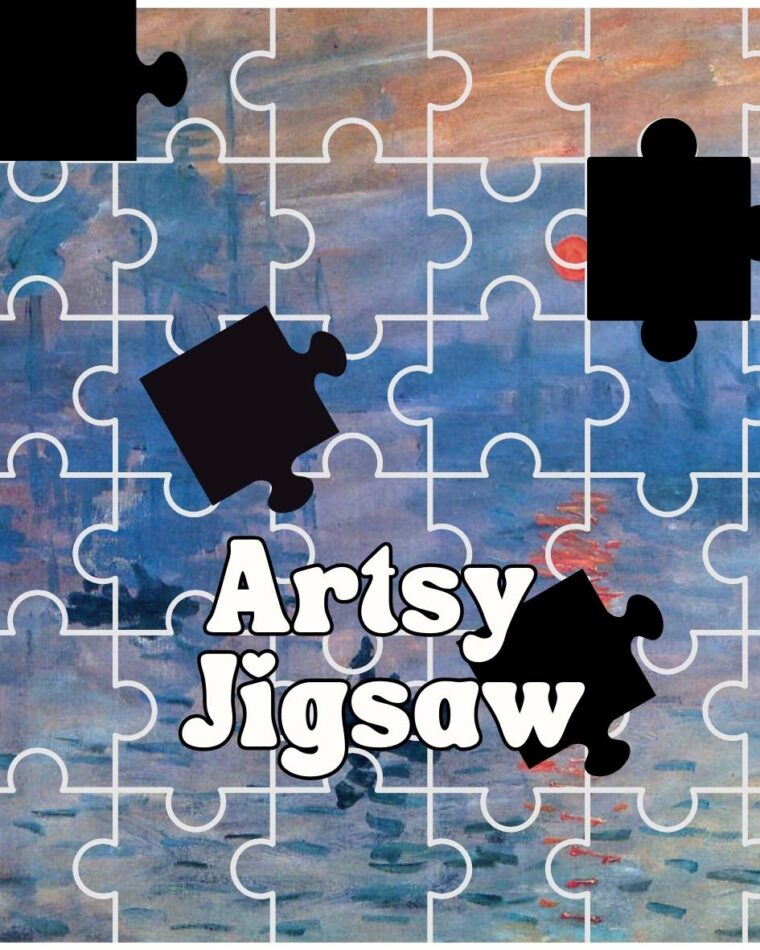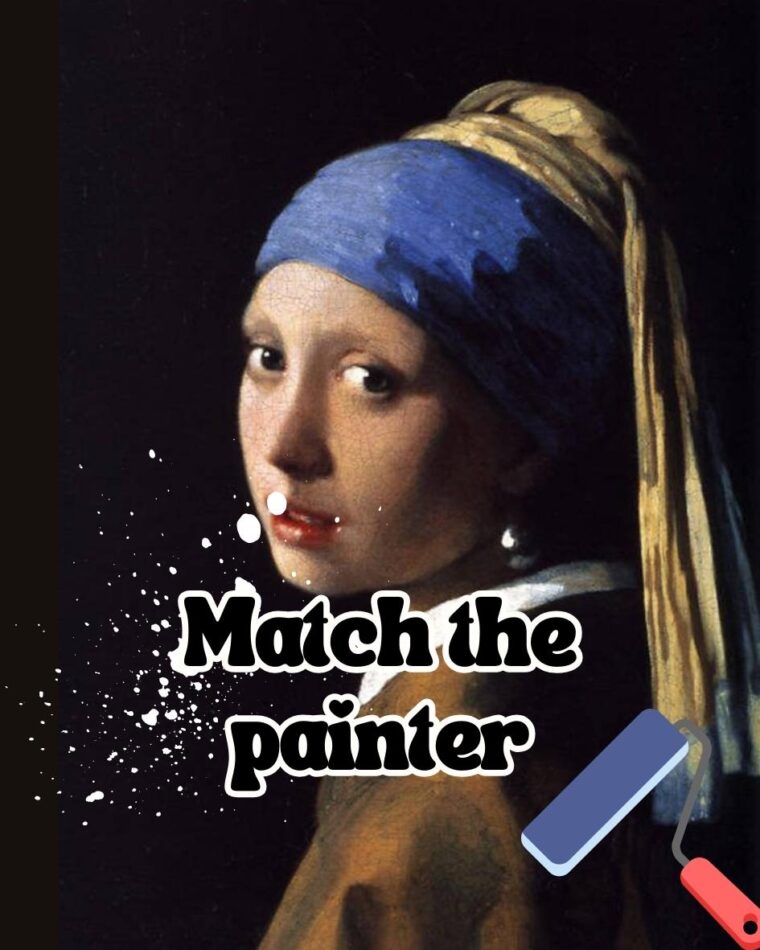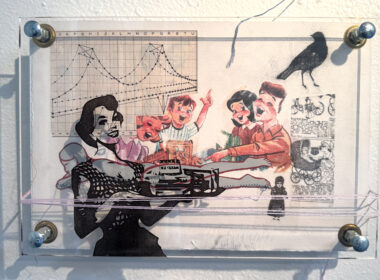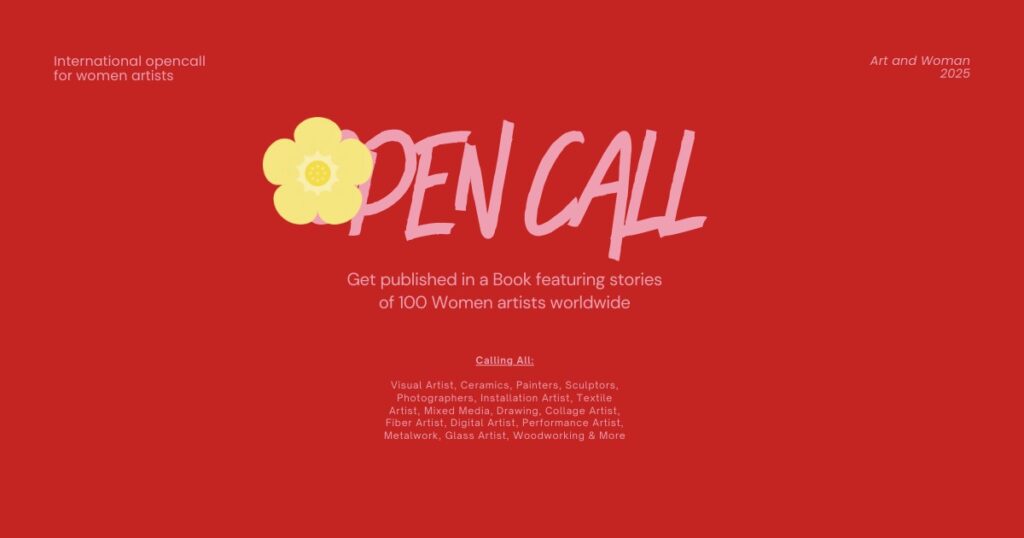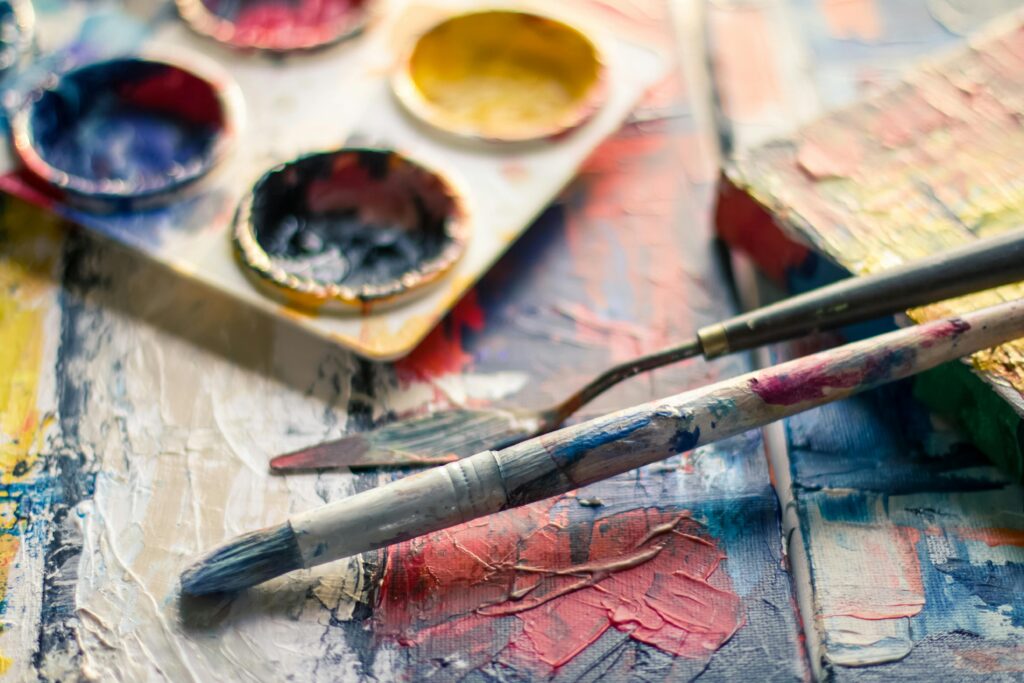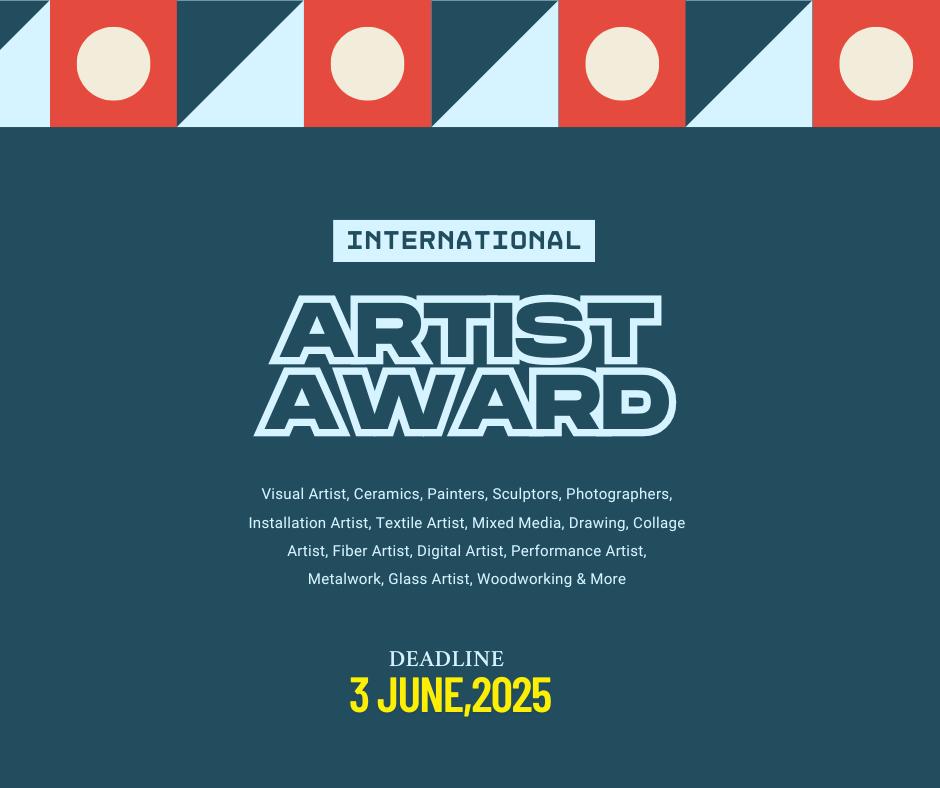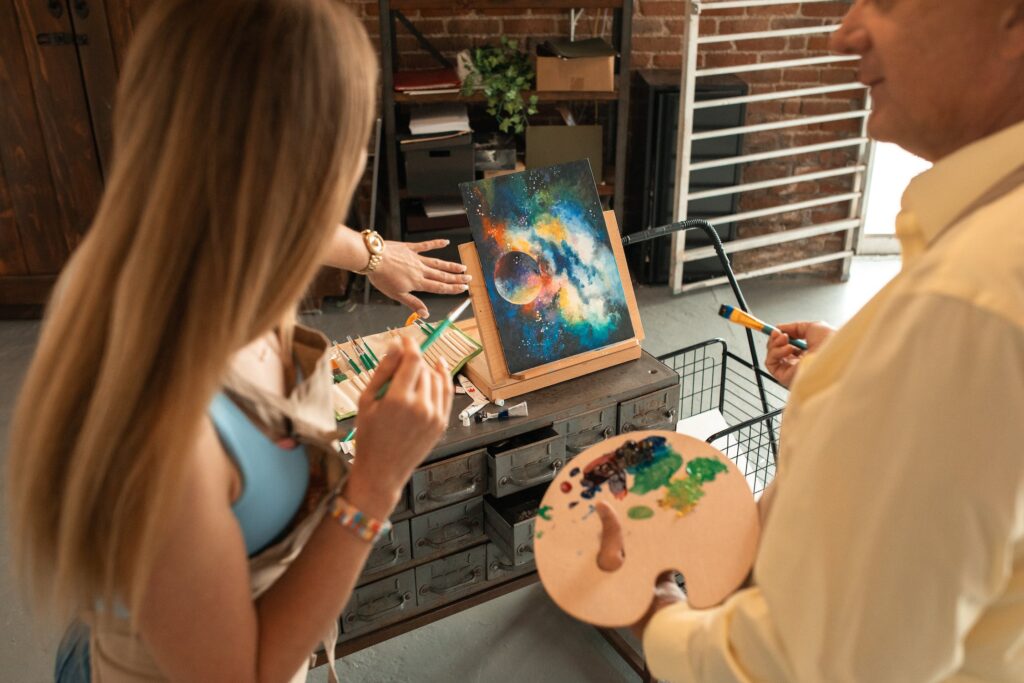
What Are NFTs and How Can Artists Use Them?


Okay, let’s talk about something you’ve definitely heard floating around in the art world, NFTs. You might’ve seen artists posting things like, “Just dropped my first NFT!” or maybe you’ve heard stories of digital art selling for thousands, or even millions, online. At first, it all sounds kind of wild, right? Crypto art, digital wallets, Ethereum, gas fees… wait, what?

If you’re feeling a little overwhelmed or just plain curious, you’re not alone. The whole NFT thing can seem like it’s from another planet. But here’s the truth: NFTs aren’t just a tech trend anymore. They’ve created real opportunities for artists, especially digital creators, to take control of how they share, sell, and protect their work.
So let’s slow it down and break it all down together. We’re not going to use big techy words unless we absolutely have to. This is just a real, honest, and simple conversation about what NFTs are, how they work, and what you, as an artist, should know if you’re thinking of jumping in.
So… What Even Is An Nft?
NFT stands for Non-Fungible Token. I know, I know, that doesn’t exactly help. But stay with me.
“Non-fungible” just means unique and can’t be replaced. So while regular money or even Bitcoin can be traded one for one, an NFT is like a one-of-a-kind digital item. Think of it like an autograph for your art, stored on the blockchain.
The blockchain is basically a digital ledger, like a giant online notebook that keeps track of who owns what. When you make an NFT of your artwork, you’re creating a digital certificate of ownership tied to that piece.
You can mint, publish it, sell it, trade it, and collectors can own it, even though it’s digital. And yes, you still retain your copyright. You’re not giving that away; you’re just giving someone the ownership rights to the token that represents your work.
Why Is Everyone Talking About Nfts?
Here’s where things get exciting. Before NFTs, it was tough for digital artists to make money from their work. Sure, you could post on Instagram or build a following on Behance or DeviantArt, but turning that into income? Not easy. There was no “original” digital file to sell, because anyone could screenshot or download it.

NFTs changed that by allowing artists to sell verified originals of their digital pieces. Even if the image can be copied, the token cannot.
Let’s take a real-world example:
Beeple, a digital artist, sold an NFT of his piece “Everydays: The First 5000 Days” for $69 million at a Christie’s auction in 2021. Yes, that number is real. He became one of the most valuable living artists overnight, and he did it with purely digital art.
Now, while most of us aren’t going to sell our work for millions, and that’s okay!, NFTs opened up a path for artists to sell directly to collectors, without the middlemen.
Many Artists Are Doing It, And You Can Too
It’s not just Beeple.
- Pak, another digital creator, made millions with minimalistic black-and-white shapes.
- Fvckrender, a Canadian digital artist, used NFTs to turn his 3D renders into a sustainable income.
- Latasha, a musician and visual artist, used NFTs to fund her creative independence and now speaks at major events about artist empowerment through Web3.
And even beyond these bigger names, there are thousands of independent artists creating and selling NFTs every day. Some make a few hundred dollars per piece. Others create ongoing income with collections or series. Many build entire communities around their work.
How Do Nfts Actually Work?
If you’re curious how to actually start, here’s the simplified version.
- Create your artwork: It can be digital painting, illustration, 3D art, photography, animation, even music or video.
- Get a crypto wallet: This is like your digital bank account. You’ll need it to hold Ethereum (ETH), the most commonly used cryptocurrency for NFTs.
- Choose a platform to mint your NFT: Popular ones include:
- OpenSea (very beginner-friendly)
- Foundation
- Rarible
- Zora
- SuperRare (more curated)
- OpenSea (very beginner-friendly)
- Mint your work: This just means turning your artwork into an NFT. It usually costs a small fee, which varies depending on the platform and current gas prices.
- List it for sale: You set your price or put it up for auction, and once it’s live, anyone can buy it with crypto.
And just like that, your art is on the blockchain!
What Makes An Nft Successful?
This is the million-dollar question. Honestly, success in NFTs is about more than just making beautiful work. It often comes down to a mix of creativity, community, and consistency.
Many NFT artists spend time building a following on Twitter/X, Discord, and other Web3 platforms. They talk about their process, share sneak peeks, connect with collectors, and support other artists.
It’s kind of like having your own mini gallery show every time you release a new piece.
That doesn’t mean you need to be online 24/7. But showing up, being real, and letting people into your artistic world goes a long way.
But Is It Really Worth It?
Let’s be honest, NFTs aren’t for everyone. There’s a learning curve, there’s risk, and yes, the market has gone up and down. It’s not a magic solution to instant art success.
That said, many artists love NFTs because:
- You can make royalties; every time your art is resold, you earn a percentage.
- You keep ownership and control.
- It opens doors to new collectors, communities, and collaborations.
It’s also not limited to digital artists. Painters, photographers, mixed media artists—you name it, are finding ways to bring their work into the digital space and connect with audiences they never could before.
Challenges To Be Aware Of
It wouldn’t be fair to only talk about the good stuff.
There are things to consider, like:
- Environmental impact, though many platforms are shifting to greener solutions
- Scams and art thef,t just like anywhere online
- Volatility in the crypto market
- Tech barriers, it’s not always intuitive at first
That’s why taking your time to learn, watching how other artists are doing it, and asking questions is super important. You don’t need to rush. You just need to stay curious.
Where Do You Even Begin?
If you’re just starting out, I’d recommend checking out platforms like OpenSea, which make it easy for beginners to mint and list NFTs. Follow NFT artists you admire on X (Twitter) or Instagram. Join a few Discord communities; many are super welcoming, especially to women and BIPOC creators.
A few helpful communities and platforms:
- Arts to Hearts Project while not NFT-specific, their open calls and features often celebrate innovation and new media
- Women of Crypto Art (WOCA)
- The NFT Girl
- NFT.NYC, Big conference, but lots of free educational content
Start slow. Learn. Maybe mint one piece, just to try it out. Or collaborate with someone who’s already in the space.
Before We Say Good-Bye
NFTs are a big shift. They’ve changed how artists create, sell, and connect, and they’ve created real financial opportunities for people who once felt overlooked by the traditional art world.
But they’re not just about hype. At their core, NFTs are about ownership, connection, and possibility. If you’re someone who loves creating, who wants more control over your art and your career, then yeah, NFTs might be something worth exploring.

